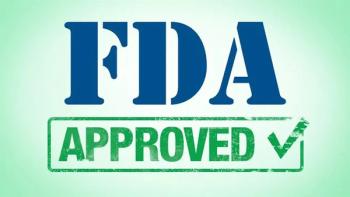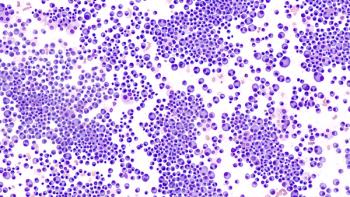
Drug Label Overload
'Over-warning' or necessary adverse drug event information?
Prescription drug labels serve as a source of information for healthcare providers as well as consumers. Researchers from Indiana University School of Medicine in Indianapolis, Indiana recently reviewed the adverse drug warnings on the labels of 5,000 prescription drugs. The number of adverse drug event warnings ranged from 0 to 525 per label (mean = 70).
More warnings, on average, appeared on the labels of the 200 most commonly prescribed drugs, and newer medications (those approved in the past decade) had significantly higher numbers of adverse events per label than older drugs. The researchers noted that the large amount of adverse drug warning information, which they referred to as “over-warning,” could result in information overload.
I have to agree; a large amount of adverse drug warning information on drug labels may actually be harmful rather than helpful. Busy clinicians do not have the time, nor the patience, to sort through dozens of potential adverse events that appear on drug labels. Every reported event appears on drug labels, and I often wonder if the drug caused or contributed to some of the reported adverse events, or if they were coincidental occurrences. In addition, we need to be knowledgeable about drug interactions since most of our patients are taking two or more prescription drugs. Fortunately there are several online tools that identify potential drug interactions; just type “drug interaction checker” into a search engine to see multiple options for checking for drug interactions.
Reference
Duke J, et al "A quantitative analysis of adverse events and 'overwarning' in drug labeling" Arch Intern Med 2011; 171 (10): 944-946.
Newsletter
Knowledge is power. Don’t miss the most recent breakthroughs in cancer care.
















































































